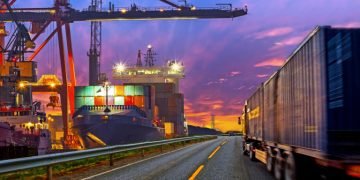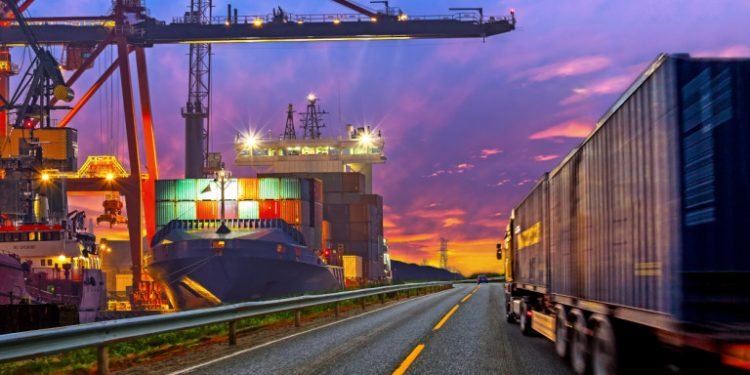By Eva Richardson – The Logistic News
As Europe’s economy continues its uneven rebound, one reality is becoming harder to ignore: road freight is running out of room. Truck capacity is shrinking, border congestion is rising, and a generational driver shortage is forcing logistics firms to rethink how—and where—they move goods across the continent.
For companies operating in sectors where timing is everything, the message is clear: Europe’s road transport model is approaching a structural tipping point.
Too Much Demand, Too Few Drivers
According to recent data from the European Road Freight Observatory, driver availability across the EU is down 18% compared to April 2023, with retirements outpacing new entrants by a ratio of nearly 3 to 1. Coupled with stricter working hour regulations and wage pressure, the sector is facing a long-term labor crunch.
“We’re not talking about a temporary shortage anymore,” says Felix Hartmann, operations director at a German-based FMCG distributor. “We’re talking about a new logistics reality where driver scarcity is baked into the cost structure.”
Border Bottlenecks Back Again
The reintroduction of customs checks on certain EU borders—notably involving Eastern European countries—has also added hours to cross-border shipments. This comes just as more firms are shifting sourcing to nearshore zones like Türkiye, Poland, and Morocco, creating heavier traffic through already stressed corridors.
Average wait times for trucks entering Germany from Czechia and Poland now exceed 3.5 hours, a 26% increase from Q4 2024. For time-sensitive deliveries, this delay is triggering costly rerouting and reshuffling of last-mile plans.
Equipment and Emissions: A Parallel Challenge
Fleet capacity isn’t just limited by drivers. Aging diesel fleets are being phased out faster than they’re replaced, driven by stricter EU emissions zones and urban entry restrictions.
Many hauliers are hesitant to invest in new Euro 7-compliant vehicles or electric alternatives, citing high upfront costs, limited charging infrastructure, and uncertainty around future regulation. As a result, more freight forwarders are relying on subcontractors, who often lack the scale or technology to deliver consistent service.
“It’s not only about clean trucks—it’s about clean compliance,” notes Hartmann. “And not everyone’s ready.”
What Comes Next?
Forwarders and shippers are exploring a range of solutions:
-
Rail-road intermodal lanes from Rotterdam, Trieste, and Antwerp to inland hubs
-
Driver-sharing agreements and cooperative networks in France, Germany, and the Baltics
-
AI-powered route optimization to reduce empty mileage and shift capacity to off-peak hours
-
And increasingly, urban micro-hubs that decentralize delivery closer to consumers
Still, experts agree: the era of cheap, flexible, abundant truck transport in Europe is fading.
Final Word
In 2025, road freight in Europe isn’t collapsing—but it is contracting.
And those who succeed won’t just be the fastest—they’ll be the most adaptable.























